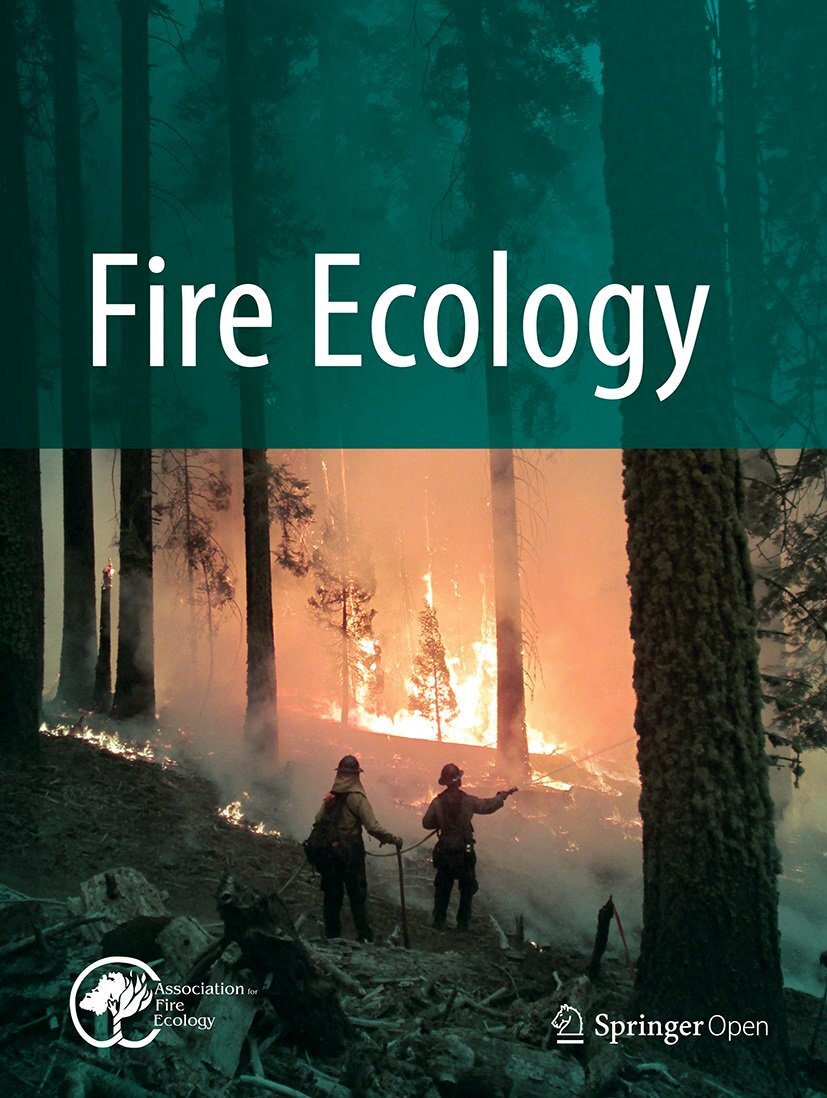In Memoriam
Herbert Stoddard
1889-1970
Herbert Stoddard. Photo credit: Tall Timbers Research Station and Land Conservancy
Herbert L. Stoddard, Sr. (1889-1970) advocated for the reintroduction of fire for land management in the southeastern United States and is regarded as one of the most important southern conservationists of the twentieth century. Stoddard was born in Rockford, Illinois. His family moved to Florida when he was four years old; Stoddard recalled seeing cattlemen setting fires in longleaf pine forests while his family lived in Florida, which he said helped shape his later work in his career as an ornithologist, ecologist, and wildlife researcher. After moving back to Illinois, Stoddard dropped out of school before high school and moved to Prairie du Sac, Wisconsin, where he became an apprentice taxidermist. He was a taxidermist at the Milwaukee Public Museum from 1910 to 1913 and 1920 to 1924 and at the Field Museum of Natural History in Chicago, Illinois from 1913 to 1920. Stoddard helped found the Inland Bird Banding Association during the American Ornithologists’ Union 1922 meeting. In 1924, the US Bureau of Biological Survey hired Stoddard to study bobwhite quail (a popular game bird in the southeast), their habitat, and their life history in the Red Hills between Thomasville, Georgia and Tallahassee, Florida.
Herbert Stoddard (left) with George Sutton. Photo credit: Tall Timbers Archives (“A look back at the making of Georgia Birds: Burleigh, Sutton, Stoddard, and Komarek”
The investigation was known as the Cooperative Quail Investigation, and it culminated in the publication of Stoddard’s most well-known work, The Bobwhite Quail: Its Habits, Preservation, and Increase (1931). The book is a foundational text for the wildlife management field and is sometimes referred to as “the Quail Bible.” Following the book publication, Stoddard founded the Cooperative Quail Study Association, which would lay the groundwork for the Tall Timbers Research Station and the Joseph W. Jones Ecological Research Center, to continue his research on quails. Stoddard became a forestry consultant on the same preserves where he studied bobwhite quail. His work extended to longleaf pine forests, where he and other ecologists recognized the importance of fire in those ecosystems. Stoddard and Leon Neel developed the Stoddard-Neel method of forestry, which involved selective cutting, prescribed burning, and sustained-yield practices to enhance the health of longleaf-wiregrass ecosystems. This method for managing both quail habitats and timber maintains diverse, uneven-aged forests. Stoddard also helped establish guidelines for reducing bird mortality at communication towers when, in 1955, he began a 28-year-long study on bird mortality at a television tower in northwest Florida.
Harold Weaver (left), Herbert Stoddard (center), and Harold Biswell (right) at the 1967 Tall Timbers Conference. Photo credit: Forest History Society
In 1958, Stoddard along with Henry Beadel, Ed Komarek, Roy Komarek, and Leon Neel co-founded the Tall Timbers Research Station in Florida. The Tall Timbers Research Station now plays a pivotal role in fire ecology research and its Fire Ecology Conference is a key platform for fire ecology research. Stoddard’s work in the Red Hills was critical in conserving longleaf pine ecosystems; his advocacy for the use of fire as a land stewardship tool helped preserve the area’s biodiversity. His approach to habitat management not only improved habitat quality for bobwhite quail but also ensured the persistence of the longleaf-wiregrass systems of the southeastern US. Stoddard and his colleagues left a lasting legacy on wildlife conservation, fire ecology, and ecosystem management.
Selected Papers and books
The Bobwhite Quail: Its Habits, Preservation, and Increase (1931)
Memoirs of a Naturalist (1969)
“Use of Fire in Pine Forests and Game Lands Of the Deep Southeast” (1962)
“Some Techniques of Controlled Burning In the Deep Southeast” (1962)
“Bird Habitat and Fire” (1963)
Resources
The tribute above was written based on information found in the following sources. If you would like to include additional information, papers or books, personal quotes, or photos please email communications@fireecology.net.
Herbert L. Stoddard (New Georgia Encyclopedia)
Herbert L. Stoddard (Wikipedia)
Feb. 24, 1889: Herbert Stoddard Sr., “Father” of Wildlife Management, is Born (Forest History Society)
2021 Stoddard Lifetime Achievement Award (Association for Fire Ecology Fire Congress Plenary Session)





